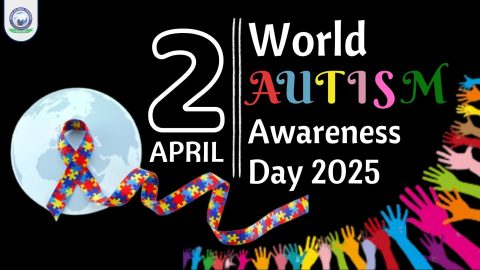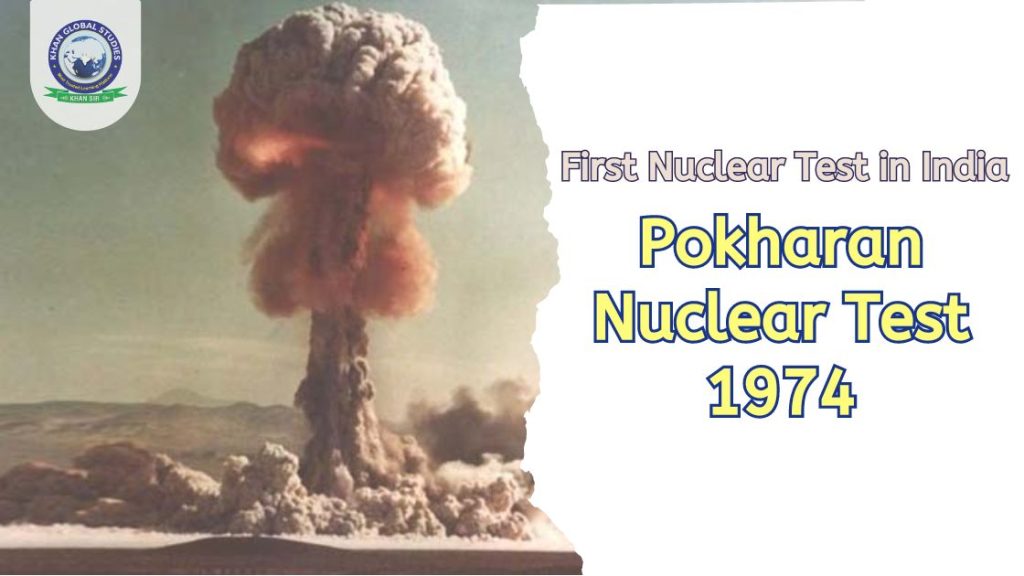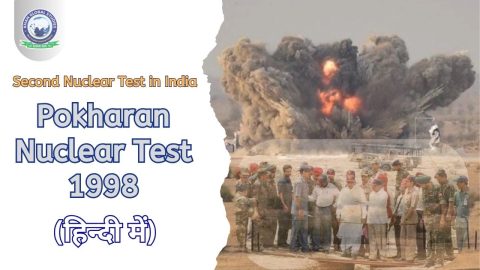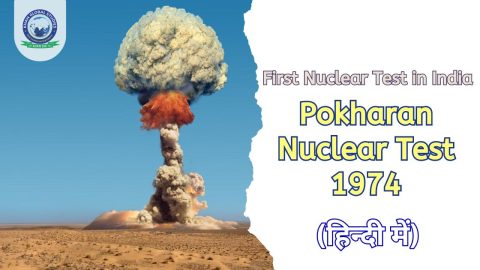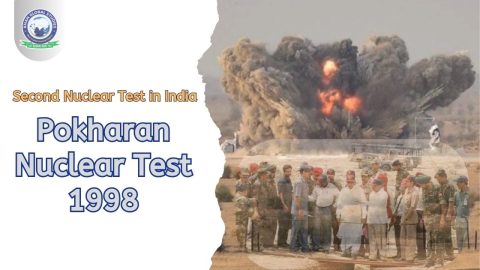49 years ago, on 18 May 1974, India conducted its first nuclear test in Pokhran, Rajasthan. India had announced at that time and told the world that this test was for peaceful use, that is, it would not make weapons after this test. But its purpose was also to show its nuclear capability to the world. This historical event, “Smiling Buddha”, had far-reaching and international effects.
At the time, India faced security concerns arising from geopolitical tensions and perceived threats from neighbouring countries. The successful detonation of a nuclear device demonstrated India’s ability to independently develop nuclear technology, assert its sovereignty, and strengthen its strategic position in the region.
It started even before Independence
However, the roots of the program date back to World War II, when India began its nuclear program in 1944. Homi Jahangir Bhaba founded the Institute of Fundamental Research in the same year and along with him, the physicist Raj Ramanna played a very important role. Role in nuclear weapons technological research. Ultimately this test was conducted under his supervision.
Less Foreign Cooperation, More Opposition
However, Pokhran Test 1 also gave rise to debates and controversies, especially in the field of international relations. The test prompted global scrutiny and condemnation, as well as raised concerns about nuclear proliferation and its destabilizing impact on regional security dynamics. India’s decision to pursue a nuclear weapons capability was met with scepticism and criticism from some quarters, while others recognized it as a legitimate response to security challenges.
Despite initial opposition, Pokhran Test 1 paved the way for India’s emergence as a nuclear power on the world stage. This laid the groundwork for later advances in nuclear technology and strategic deterrence capabilities. India’s nuclear program has evolved over the years to include both civilian and military applications, with a focus on ensuring national security while adhering to the principles of non-proliferation and disarmament.
Team of 75 Scientists
After Bhabha’s death, Raja Ramanna took command of the nuclear programme. The momentum towards nuclear testing came in 1967 and by 1969, India started working on the Plutonium Reactor and a team of about 75 scientists started preparing for nuclear testing, which included many big scientists like Vikram Sarabhai, and Raja Ramanna.
Attempted Foreign Intervention in the 1971 War
In 1971, once again such an occasion came when India was disappointed by the big countries of the world. In the India-Pakistan war of 1971, America became angry with India and sent its warship CVN 65 towards the Bay of Bengal to stop India. Sent, but before the Soviet Union‘s help could reach India, Bangladesh became independent and America could not do anything special.
It was only after this war that the then Prime Minister Indira Gandhi asked to accelerate India’s Nuclear Testing Program and finally on 18 May 1974, India conducted its first nuclear test in Pokhran. On this, America and Canada also imposed sanctions on India, which had initially helped India in its nuclear energy program. But during that period, a series of prolonged non-cooperation by India gradually led to India conducting its nuclear tests.
